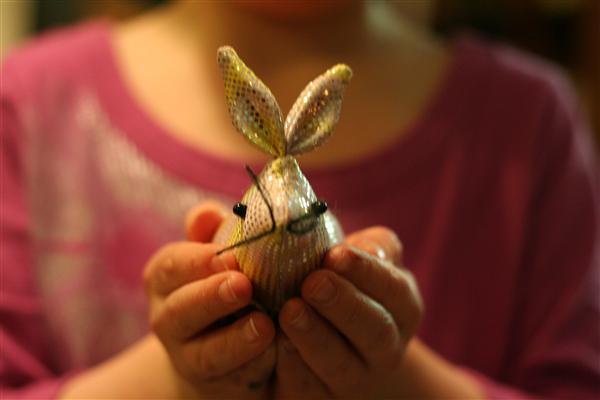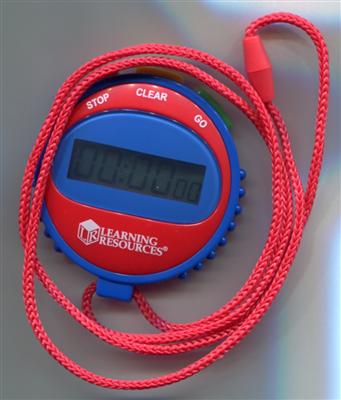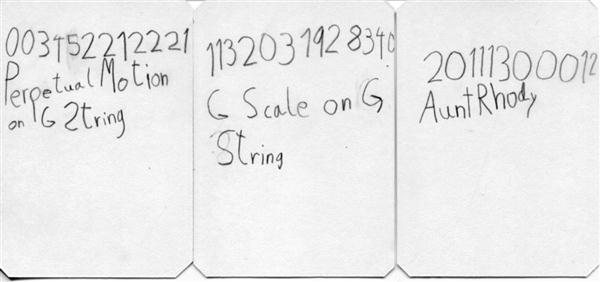We picked up today where we left off yesterday: with the left-hand problems she was having in May Song. And like yesterday, we started practice before dinner.
After I explained the idea behind targeted practice, we did some targeted practice of the section that had been a problem (G-B-D-G, which she had been playing G-B-D-D#).
It only took a few series of 10 repetitions to get this down, and it was simple enough that she could also focus on getting loud, fat tone from her right hand (or, as she put it, “shooting a rocket ship down to earth” — pressing down with her finger) — the “one point” assigned to us this week by her studio teacher. On top of that, M was doing well with “ready – aim – shoot,” taking her time getting set up.
And as she started to play May Song through the first time, I thought: “This is it! She’s playing stunningly!” Every note was right; her hands look great; her tone was fat; she remembered the dynamics and the position shift to tosto and back; her eyes were on her left hand; her tempo was even; it was a tour de force.
For the first half of the song. Shortly into the repeat, she crashed and burned — the wrong notes piled up on top of each other.
When she finished, I asked her to tell me about it. She assessed her playing accurately. We talked about how great the first half was. Then we talked about why the second half fell apart: because her eyes and her mind wandered.
When I asked her to try again, things got worse, not better. After a few attempts, I called a halt for dinner.
After dinner, we were more successful. She still didn’t play as well as she did earlier, but she managed to get through two repetitions with pretty good tone, no serious mistakes, and pretty steady concentration. Today’s lesson really showed me the value of review — she was able to polish this piece to a high level, and to work on a new technical issue (right-hand volume) because the piece itself was very secure.
We did one other fun thing: sang May Song with “fruit rhythms” (peach pit -pear -pear – pear – apple – peach, peach pit – pear – pear – peach – peach).
The lesson timing had the added bonus of creating motivation at the end of the lesson. Usually we practice up until it’s time to get ready for bed. But today, because we had practiced before dinner, after dinner I was able to say that if she focused well enough to play May Song well twice in a row, we could be done, and she would have about a half an hour to play or read stories before going up to get ready for bed. Performance goals with tangible rewards often elicit good work from her, and they did tonight.


